Finding the right size ice skates is key to enjoying your time on the ice. Unlike regular shoes, skates should fit snugly to provide control, balance, and safety. Here’s what you need to know:
- Skate sizes are usually 1 to 1.5 sizes smaller than your regular US shoe size. For kids, it's about half to one size smaller.
- A snug fit prevents slipping, blisters, and injuries. Loose skates compromise control, while tight ones can cause pain or numbness.
- Measure your feet accurately (length and width) while wearing skating socks. Use the larger foot’s measurement to pick your size.
- Check manufacturer sizing charts for specific fits, as sizes can vary by brand.
For beginners, products like Snowfeet simplify sizing by working with your existing winter shoes or boots. This eliminates the need for exact sizing and allows you to focus on learning and having fun.
The right fit makes skating more comfortable and safer, so take the time to measure correctly and choose wisely. Let’s dive deeper into how to get it right!
How to size your ice skates
Ice Skate Sizing vs. Regular Shoe Sizing
Ice skates are usually sized 1 to 1.5 sizes smaller than your regular US street shoes. This isn’t a random design choice - it’s done on purpose. For example, if you wear a US men's size 10 in everyday shoes, your ice skate size will likely fall between 8.5 and 9. The snug fit is critical for better control, comfort, and safety while skating.
Why the difference? It all comes down to function. Regular shoes prioritize comfort and leave a little extra room, but ice skates are designed to feel like an extension of your foot. Extra space in skates can lead to blisters, poor energy transfer, and even injuries. So, understanding this size adjustment is key to getting the right fit.
Men's, Women's, and Youth Sizing
This size difference - 1 to 1.5 sizes smaller - applies to both men’s and women’s skates in the US. For example, if a woman wears a size 8 in regular shoes, her skate size would likely be around 6.5 or 7. Similarly, a man wearing a size 12 shoe might need skates in the 10.5 to 11 range.
Youth sizing is a little different. For kids and teens, skates are typically about half to one size smaller than their regular shoe size. For instance, a child with a US shoe size 4 would likely need skates in the 3–3.5 range. As a general guide, a foot length of roughly 10.2 inches (260 mm) usually corresponds to a US skate size 7. That said, sizing can vary slightly depending on the manufacturer, so it’s always smart to check the brand’s specific sizing chart.
How Snowfeet* Makes Sizing Easier

Snowfeet* products take the stress out of sizing, especially for beginners. Instead of hunting for that perfect skate size, Snowfeet* Mini Ski Skates and Skiskates are designed to work with your existing winter shoes or snowboard boots - you simply strap them on over your favorite footwear.
This approach eliminates all the sizing headaches. You don’t have to worry about adjusting for the 1 to 1.5 size difference, or deal with issues like toe box comfort, heel pocket fit, or width. By using shoes you already trust, you can skip the discomfort of breaking in new boots and focus on enjoying your time on the ice. Snowfeet* products let you start skating confidently from day one, all while sticking to the familiar fit of your favorite winter shoes.
How to Measure Your Feet
Getting the right skate fit starts with accurate foot measurements. Don’t rely solely on your usual shoe size - that’s a recipe for discomfort on the ice.
Measuring Foot Length and Width
Here’s what you’ll need: a sheet of paper, a pen, and a ruler. Oh, and make sure you’re wearing your skating socks during the process - sock thickness can affect how your foot fits inside the skate.
- Lay the paper on a hard, flat surface (not carpet - accuracy matters here).
- Stand with your heel against a wall and your foot flat on the paper.
- Trace the outline of your foot while wearing your skating socks. Measure from the back of your heel to the tip of your longest toe.
For width, measure across the widest part of your traced outline, usually around the ball of your foot. Repeat this for both feet and use the larger of the two measurements. Pro tip: Measure later in the day when your feet are naturally a bit swollen for the most accurate results.
Once you’ve got your numbers, you’re ready to match them up with the right skate size using manufacturer sizing charts.
Using Manufacturer Sizing Charts
Now that you have your measurements, compare them to the sizing charts provided by the skate manufacturer. These charts convert your foot measurements (in millimeters or inches) to the corresponding skate size. Keep in mind that sizing can vary between brands and even between skate models. For instance, a size 8 skate might fit a 268 mm (10.55-inch) foot, but this isn’t universal - always double-check the chart for the brand you’re buying from.
Snowfeet* makes this process easier with detailed guides based on precise measurements, helping you avoid the guesswork. If your measurement falls between sizes, it’s usually best to size up for a more comfortable fit.
Once you’ve nailed the length, it’s time to figure out your width fit.
How to Determine Width Fit
Width is just as important as length, but it often gets overlooked. To determine your width fit, divide your foot length by its width - this gives you a ratio that indicates whether you need a narrow, regular, or wide fit.
| Width Ratio | Recommended Fit |
|---|---|
| > 3.0 | Narrow (C/Fit 1) |
| 2.5–3.0 | Regular (D/Fit 2) |
| < 2.5 | Wide (EE/Fit 3) |
Most people fall into the regular category, but if your shoes often feel too tight or too loose, you may need a different width. Skates typically come in narrow (C), regular (D), and wide (EE) options, though not all brands offer every width.
Snowfeet* products simplify this process with clear sizing guides and designs that accommodate different foot widths. This means less hassle and more time gliding across the ice, without worrying about pinching or slipping. It’s all about making your skating experience as smooth and enjoyable as possible.
Getting the Right Fit: Comfort, Performance, and Safety
Getting the right skate fit is absolutely essential for enjoying your time on the ice. A proper fit not only keeps discomfort at bay but also helps you skate safely by reducing the risk of injuries. Surprisingly, up to 70% of recreational skaters wear skates that don’t fit properly, which can lead to blisters, pressure points, and even ankle sprains or falls. When your skates fit well, you’ll notice better control, improved balance, and a much more enjoyable skating experience.
Key Fit Checks for Beginners
Before you lace up and step onto the ice, make sure your skates pass these essential fit checks. These small adjustments can make a big difference in your comfort and performance.
- Heel lock: Your heel should stay firmly in place inside the skate. If your heel lifts when you walk or flex forward, it can cause friction, leading to blisters and poor foot alignment. A secure heel lock improves control and keeps your movements smooth.
- Toe room: Your toes should lightly touch the inside of the toe cap when you’re standing. There should be no more than 1/4 inch of space. While this might feel snug compared to everyday shoes, it’s important for stability. Too much space can make it harder to control your edges, while too little can cause numbness and cut off circulation.
- Ankle support: The boot should fit snugly around your ankle without pinching. When you flex forward or move side-to-side, your ankle should stay stable and upright. Proper ankle support helps maintain balance and prevents injuries like sprains.
Once you've nailed these fit basics, Snowfeet* products take things a step further by offering features that make achieving the perfect fit even easier.
Benefits of Adjustable Bindings in Snowfeet* Products
Traditional ice skates require an exact size, which doesn’t leave much room for error. Snowfeet* products, however, are designed with adjustable bindings that make them far more flexible. These bindings can adapt to a variety of foot shapes and even account for minor changes, like swelling during activity or slightly wider feet. For beginners, this adjustability is a game-changer. It minimizes the risk of blisters and discomfort, giving you a smoother start on the ice and keeping your focus on learning rather than dealing with foot pain.
Common Beginner Mistakes to Avoid
Even with great features like adjustable bindings, beginners often make avoidable mistakes when it comes to fit. Here are some of the most common ones - and how to steer clear of them:
- Buying skates with extra room for "growth": This is a frequent mistake, especially for kids. Oversized skates might seem practical, but they compromise control and increase the chance of blisters and injuries. For children, always go for a snug fit and check sizing regularly to ensure they’re skating safely and confidently.
- Ignoring width: Many people focus only on the length of the skate, forgetting that width matters just as much. Skates that are too narrow or too wide can lead to discomfort and instability.
- Assuming your shoe size equals your skate size: Skate sizing doesn’t always match regular shoe sizing. Always measure your feet to find the right size, instead of guessing based on your sneakers.
- Trying to "break in" poorly fitting skates: Unlike leather shoes, skates won’t stretch to fit your feet over time. If they’re painful or uncomfortable right out of the box, they’re probably the wrong size. Continuing to use them can lead to injuries or long-term foot issues.
sbb-itb-17ade95
Sizing Comparison: Regular Skates vs. Snowfeet* Products
When it comes to sizing, traditional skates and Snowfeet* products take completely different approaches. Regular skates rely on fixed sizes, which means you need an exact match for a proper fit. On the other hand, Snowfeet* products are designed to adjust, offering a "one size fits most" system that takes the guesswork out of sizing. Let’s break it down further.
Sizing Chart for Regular Skates and Snowfeet* Products
Here’s a quick look at how the sizing ranges and features stack up:
| Product Type | US Shoe Size Range | EU Size Range | Key Features |
|---|---|---|---|
| Regular Ice Skates | Individual sizing (e.g., 6, 7, 8) | Individual sizing (e.g., 38, 39, 40) | Fixed size, requires an exact match |
| Snowfeet* (Original) | 6–13 | 38–47 | One product fits an entire range |
| Snowfeet* Mini | 4.5–6.5 | 27–38 | Designed for smaller feet |
| Skiskates (Ski Boot Bindings) | 4.5–14.5 | 36–49 | Fits ski boots |
| Skiskates (Snowboard Bindings) | 6–14.5 | 38–49 | Compatible with snowboard boots |
Unlike traditional skates, which demand a precise size, Snowfeet* products cover wide size ranges with a single product. This makes them much more versatile and user-friendly.
Fit Comparison Table: Regular Skates vs. Snowfeet*
Here’s a closer comparison of how the two options differ in terms of fit and comfort:
| Feature | Regular Ice Skates | Snowfeet* Products |
|---|---|---|
| Sizing Flexibility | Must match your exact shoe size | One size fits a broad range of shoe sizes |
| Footwear Compatibility | Built-in boot only | Use any winter shoes, ski boots, or snowboard boots |
| Flexible Fit | Fixed fit once purchased | Pro X bindings easily adjust to any boot |
| Comfort Level | Rigid boot design | Use your own comfortable, well-fitting footwear |
| Fit Mistakes | Errors are hard to fix | Adjustable design minimizes sizing errors |
| Break-in Period | Often requires a lengthy, uncomfortable break-in | No break-in needed when using personal shoes |
One of the standout benefits of Snowfeet* products is how they work with your own footwear. Unlike traditional skates that come with built-in boots, Snowfeet* lets you use your favorite winter shoes, ski boots, or snowboard boots. This means you can skip the hassle of breaking in stiff new boots and avoid discomfort like blisters or pressure points. Instead, you can jump straight into the action and focus on enjoying the ride.
Beginner Tips for the Best Fit
Here’s how to steer clear of common mistakes and find skates that feel just right.
Practical Sizing Tips for First-Time Buyers
Start by measuring both feet and go with the larger one for a fit that feels consistent on both sides.
Measure your feet at the end of the day or after some activity. Why? Feet swell naturally after use, and this ensures your skates will still feel comfortable during a session.
Don’t forget to wear your skating socks when sizing up. Thicker socks need a little extra room, so this step keeps things realistic.
For a super-accurate measurement, try the trace method. Place a piece of paper on the floor, stand on it with your full weight, and trace your foot. Measure from your heel to your longest toe (in millimeters) to get the true shape of your foot under pressure.
If your size falls between two options, always round up. A bit of extra room can be adjusted, but a too-tight skate is just plain uncomfortable. For kids, stick to sizing up by only half a size. This leaves room for growth without sacrificing fit.
With these steps, you’re on the right track. Now, let’s see how Snowfeet* products make things even easier for beginners.
How Snowfeet* Products Build Confidence for Beginners
Snowfeet* products take the guesswork out of sizing. Their adjustable bindings are designed to fit a variety of foot sizes and shapes, so you don’t have to stress about rigid sizing charts.
Even better, Snowfeet* bindings work with the winter footwear you already own - whether that’s your trusty winter boots, ski boots, or snowboard boots. No need to deal with the break-in period that comes with traditional skate boots. You can jump straight into learning without the distraction of sore feet.
For growing kids, the flexibility of Snowfeet* products is a game-changer. Their one-size-fits-most design grows with your child, saving you from constant upgrades and making it easier for families to dive into skating together. Plus, this adaptable approach helps beginners feel less intimidated about trying something new.
These adjustable features circle back to the importance of a secure, comfortable fit. With gear that adapts to you, there’s less second-guessing and more time spent enjoying the ice with confidence and control.
Conclusion: Finding the Right Fit for Better Skating
Getting the right fit for your ice skates isn’t just about comfort - it’s about safety, control, and enjoying every glide on the ice. A well-fitted skate keeps blisters, heel slipping, and balance issues at bay, so you can focus on having fun instead of fixing problems.
When sizing your skates, measure your feet in the evening (when they’re naturally a bit larger) and use the measurement of your bigger foot. If you’re unsure, go up a size - having a little extra room is way better than squeezing into a too-tight skate.
For beginners, Snowfeet* products simplify the process by working with your regular winter boots. This means less hassle figuring out sizes and more time enjoying the learning curve of skating.
The right fit doesn’t just prevent discomfort - it helps you improve your technique, balance, and stamina, all while building your confidence on the ice.
Whether you’re lacing up classic skates or opting for Snowfeet*, the goal is the same: finding gear that supports your progress, not holds you back. With properly fitted skates, you’ll spend less time worrying about sore feet and more time soaking in the joy of skating. So, gear up, get the right fit, and let the ice adventures begin!
FAQs
How can I tell if my ice skates fit correctly, and what happens if they don’t?
Properly fitting ice skates make all the difference when it comes to comfort, performance, and staying safe on the ice. If your skates are too tight, you might deal with uncomfortable pressure, numb toes, or even poor circulation. But skates that are too loose? Well, they can cause your heels to slip, mess with your control, and even leave you with blisters - or worse, an injury.
Here’s a quick tip for checking the fit: when you’re standing straight, your toes should lightly touch the front of the skate. But when you bend your knees, your heel should feel snug and secure without sliding around. Steer clear of skates that pinch or leave too much room to wiggle. A proper fit isn’t just about avoiding discomfort - it gives you better stability, boosts your confidence, and makes skating way more fun, especially if you’re just starting out.
Why should I measure my feet later in the day when picking ice skates, and how does it impact the fit?
Measuring your feet later in the day is a smart move because your feet tend to swell as the hours pass. This small size shift can make a big difference when it comes to how your skates fit. Since ice skates need to fit snugly to provide the right support and performance, measuring at the end of the day ensures they’ll be comfortable and perform well, even during long sessions on the ice. Plus, it helps cut down on discomfort or awkward fit issues while skating.
What makes Snowfeet products a better choice for beginners compared to traditional ice skates?
Snowfeet products are a game-changer for anyone new to winter sports. They’re lightweight, compact, and attach directly to most winter boots. That means no need for heavy or specialized gear - just strap them on and you’re good to go. This makes them super easy to carry, store, and use, especially if you're just starting out.
Their small size isn’t just convenient; it also makes them easier to handle. Beginners can gain confidence quickly, enjoying a smoother and less intimidating learning process compared to traditional skis or snowboards. And let’s be honest - these are all about fun. Snowfeet products bring versatility and excitement to winter sports, offering a great way to dive in without the hassle of mastering bulky, complicated equipment.







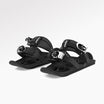
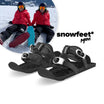
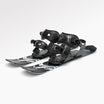
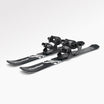

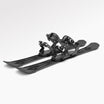

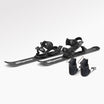






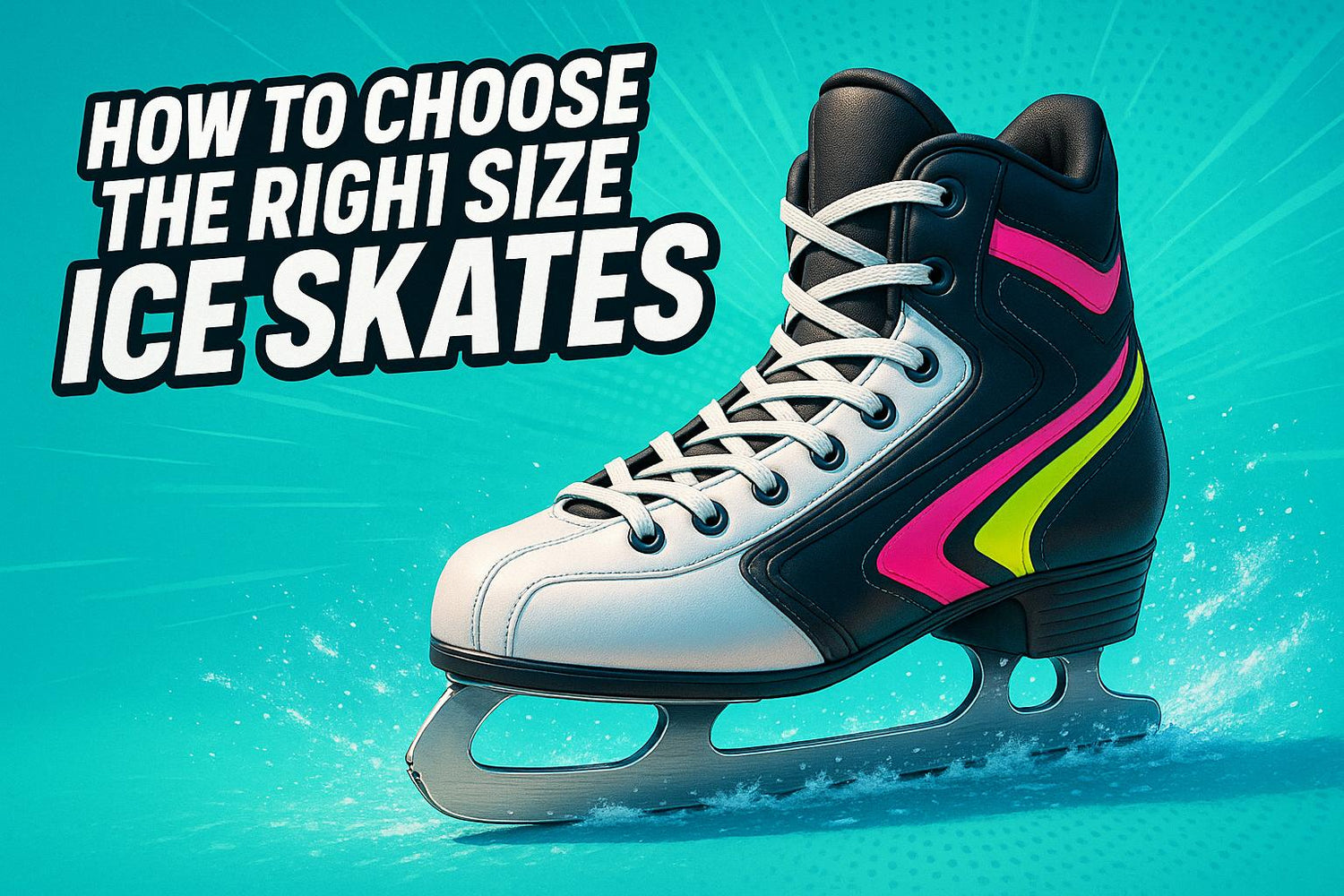
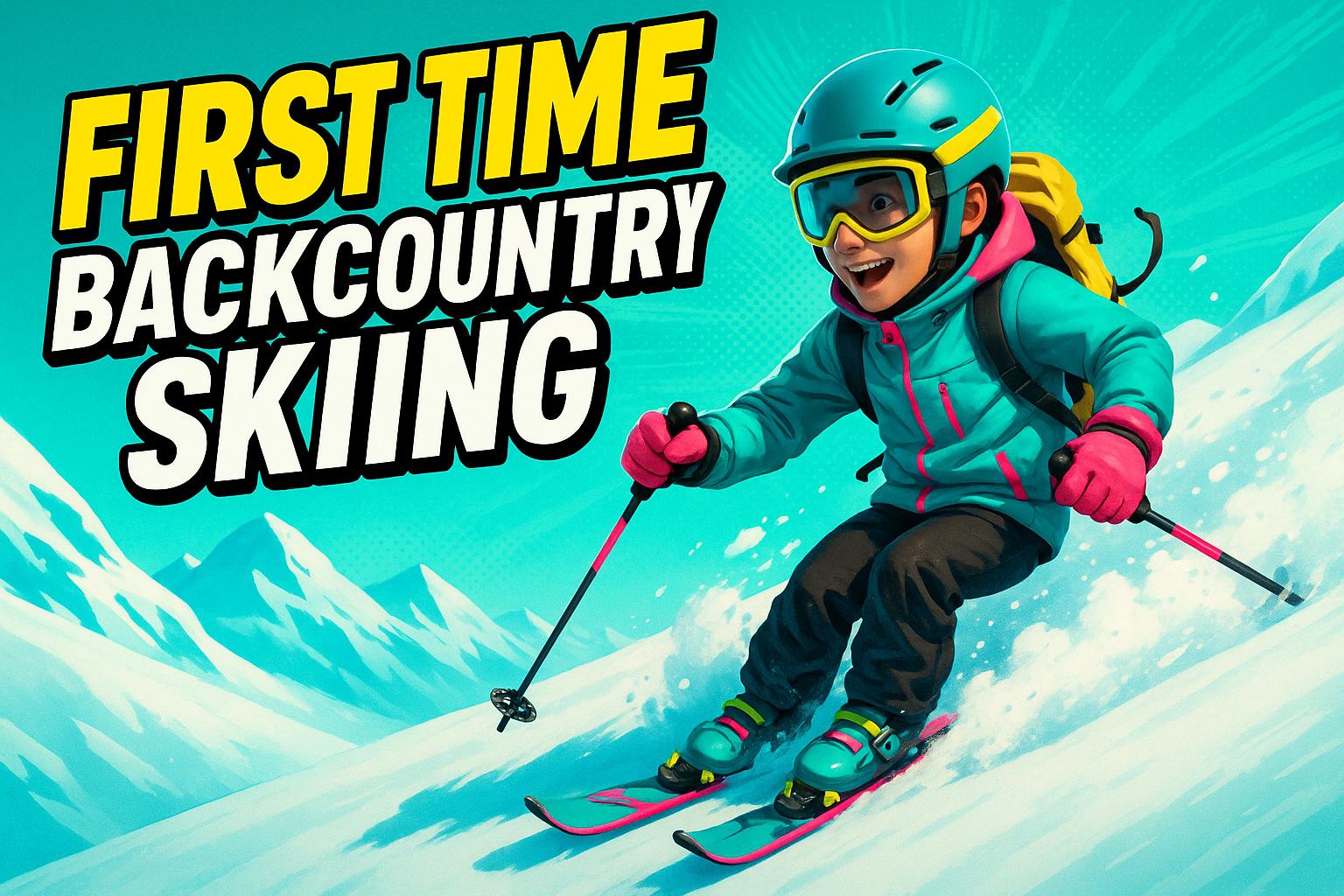
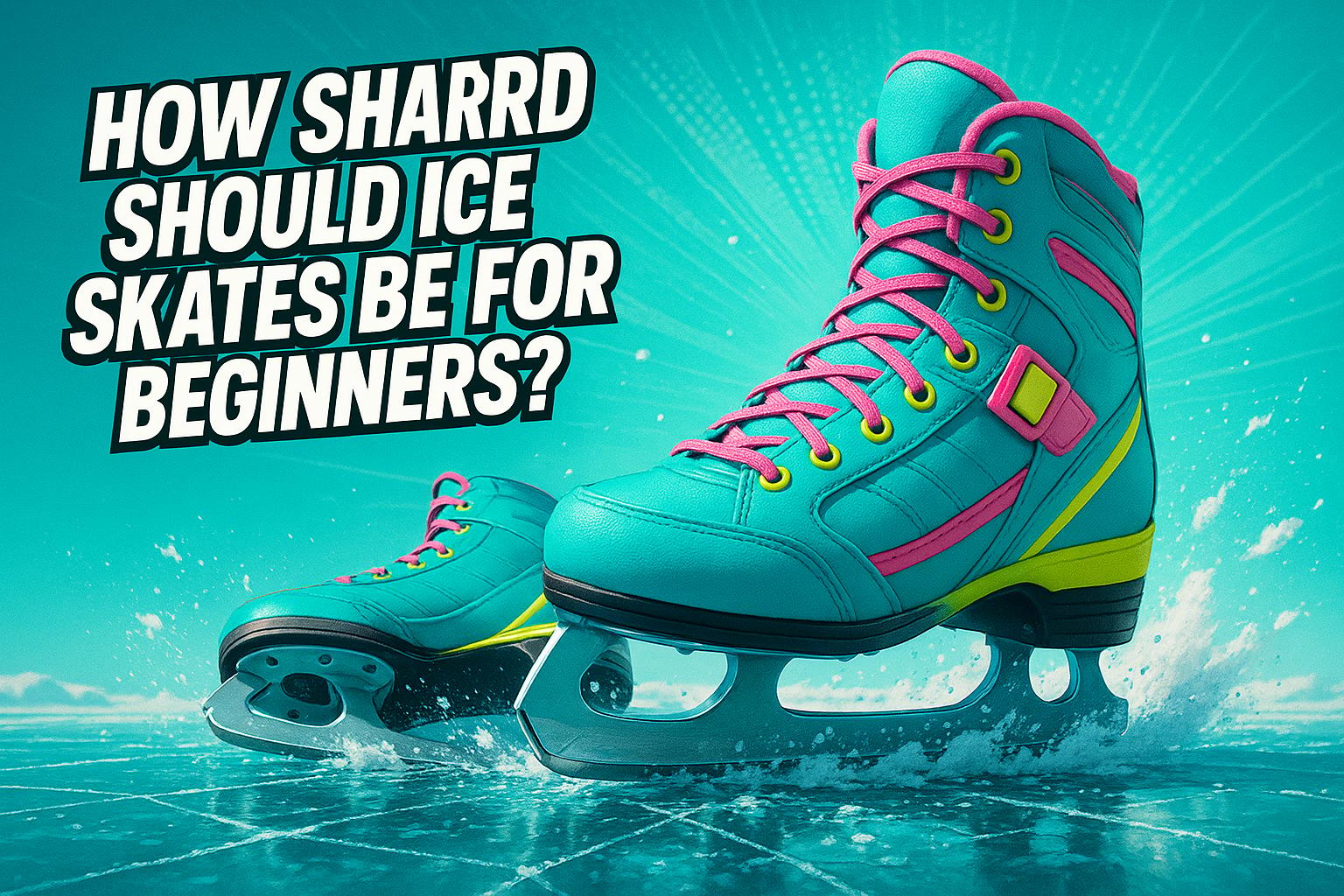




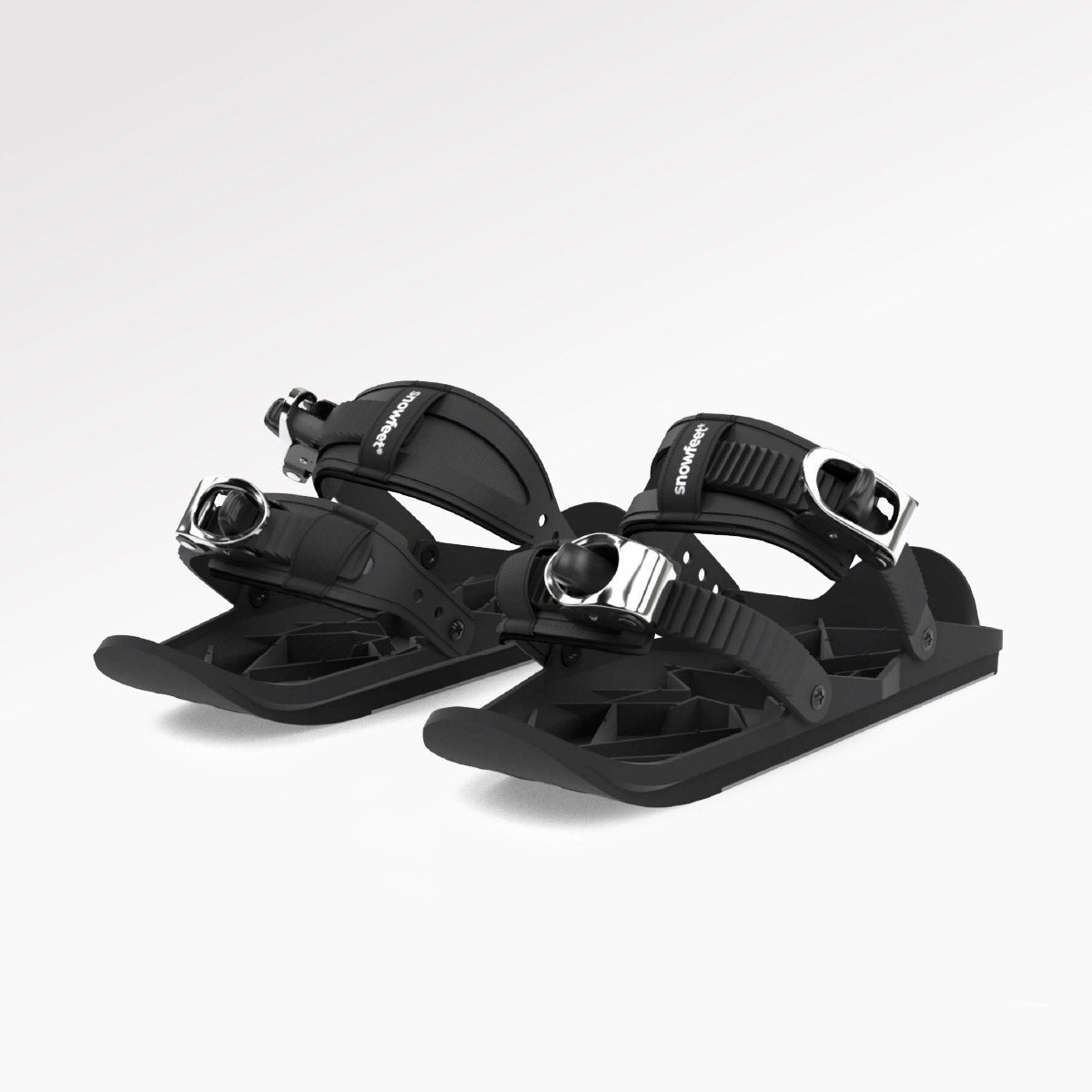
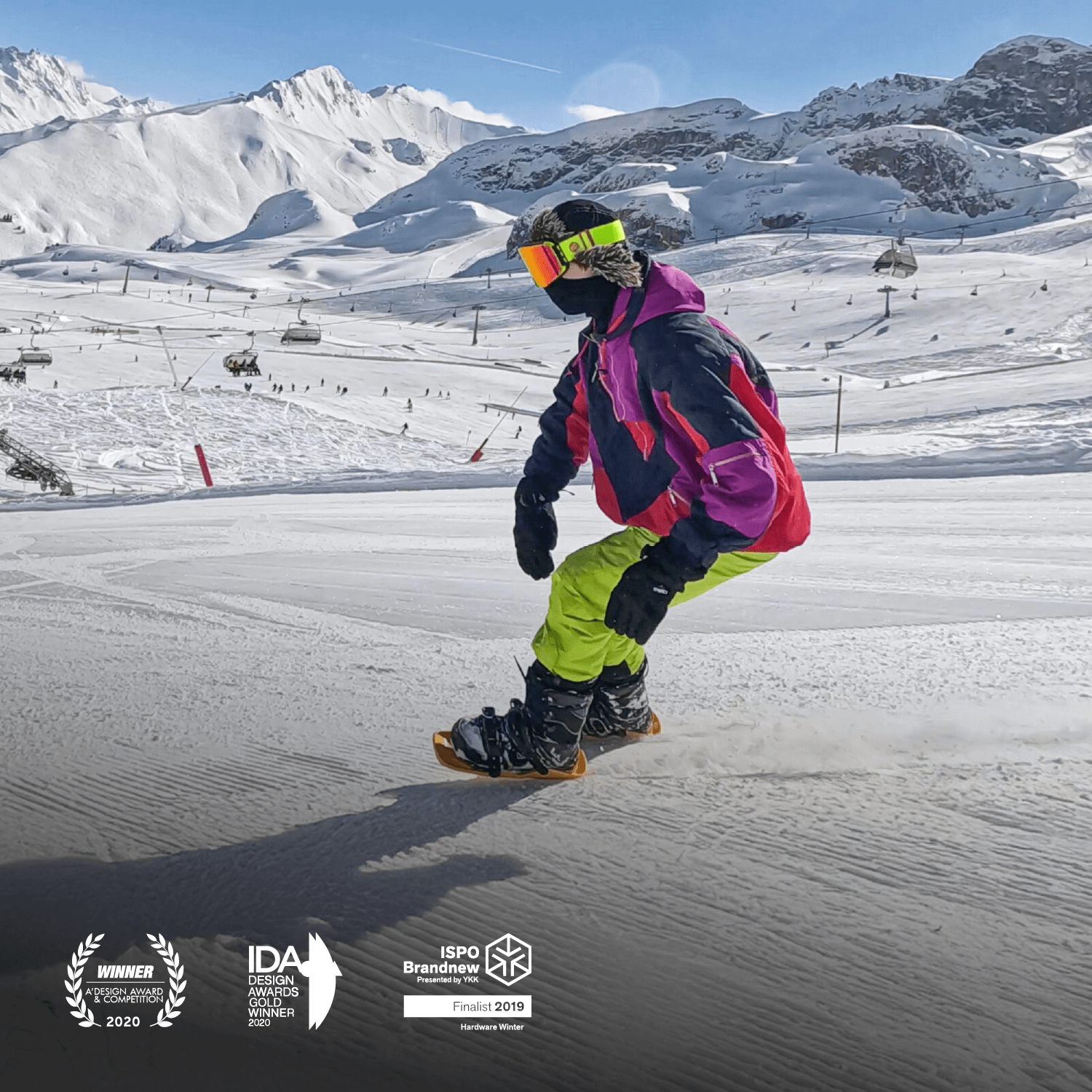
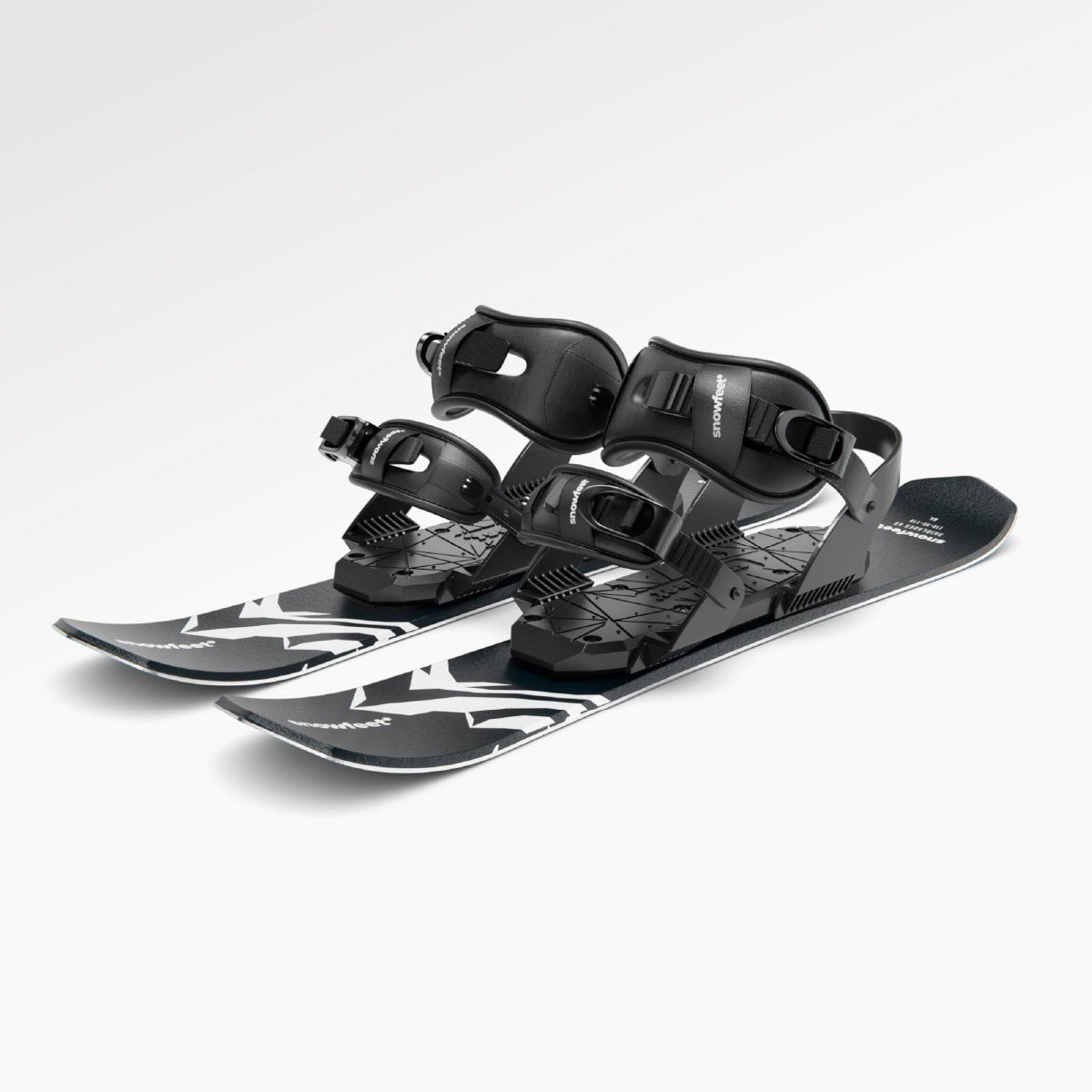

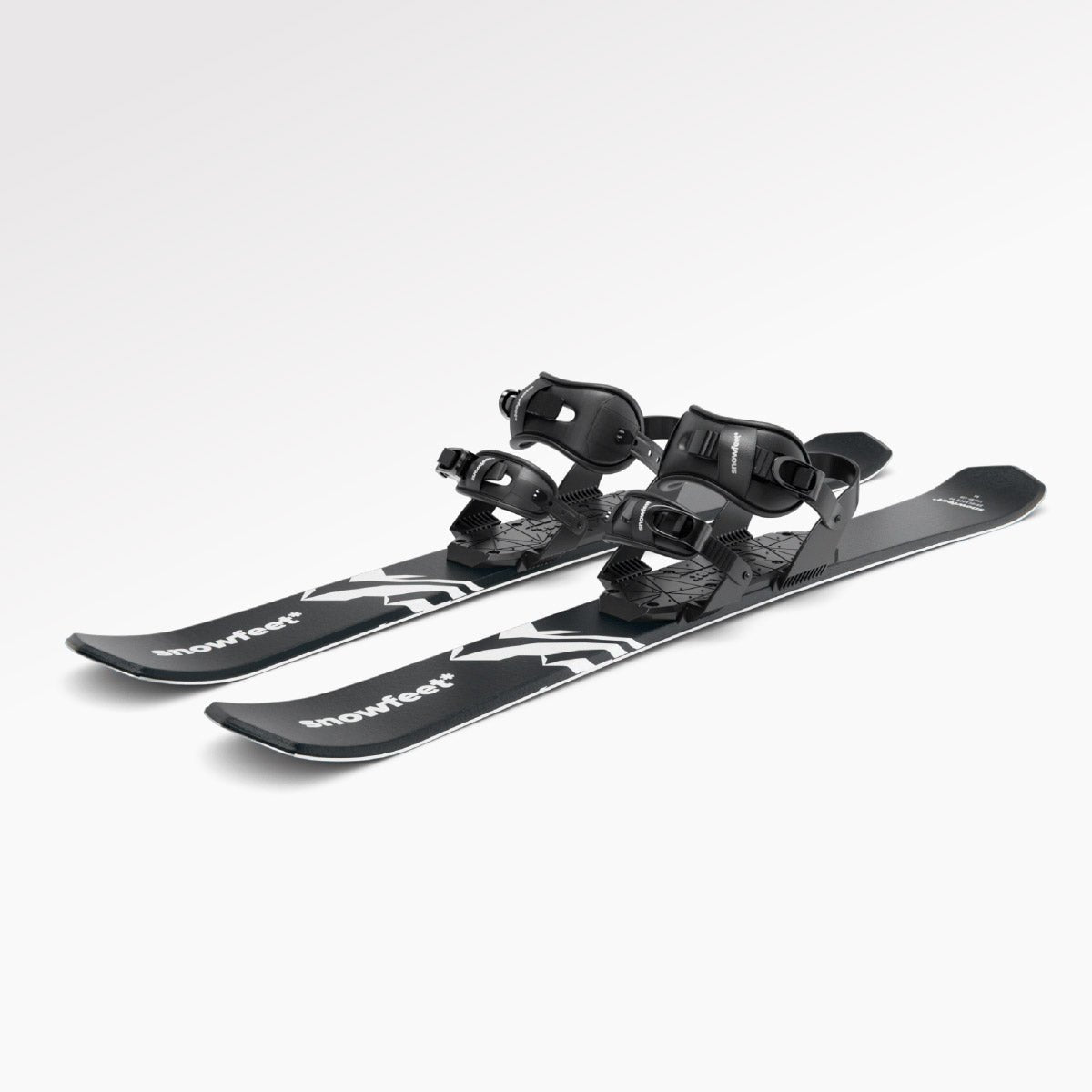

Leave a comment
This site is protected by hCaptcha and the hCaptcha Privacy Policy and Terms of Service apply.